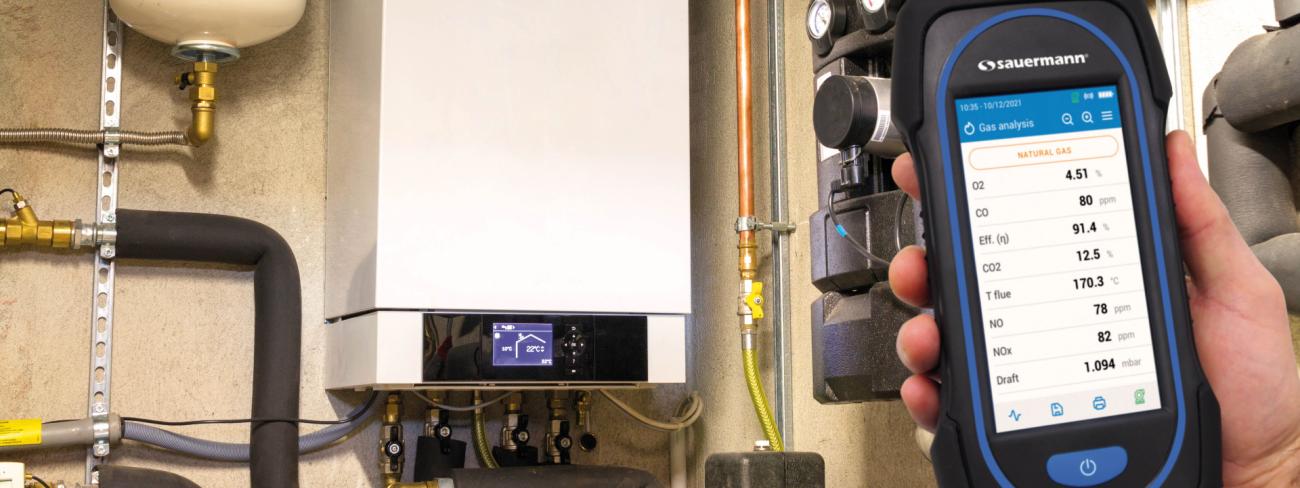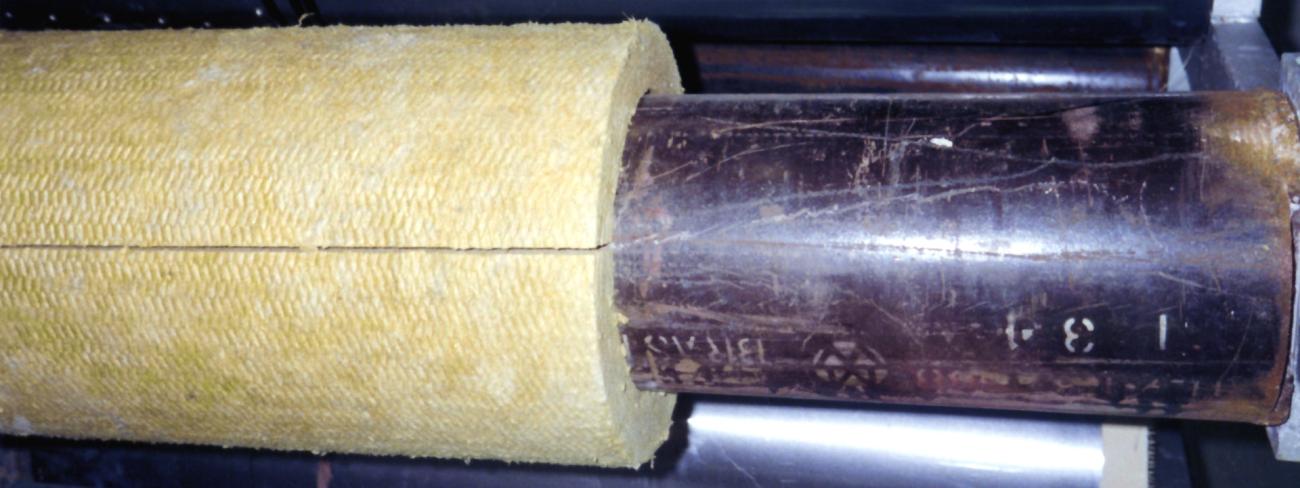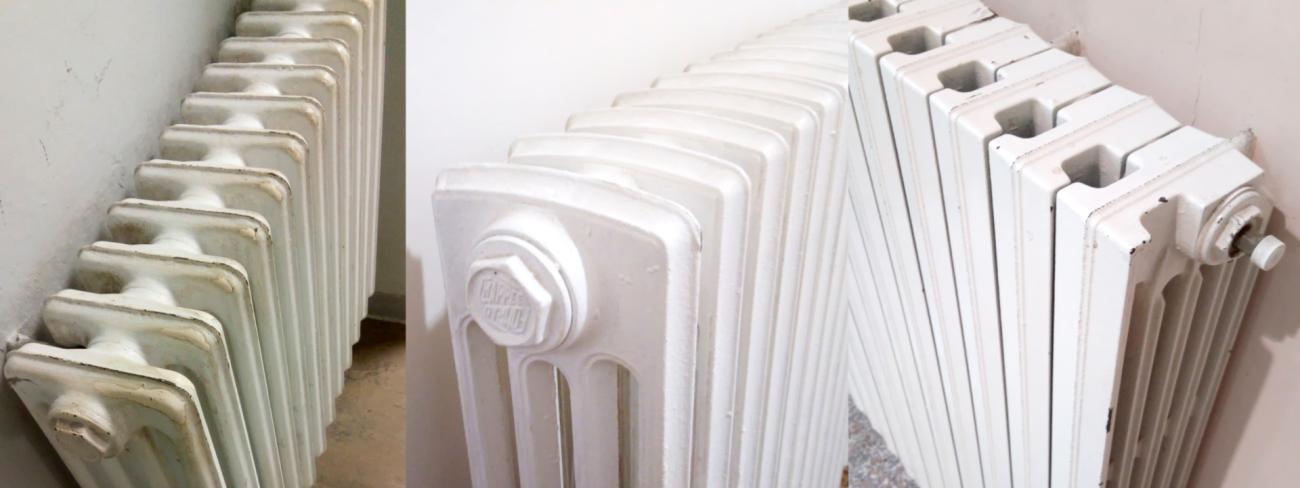Boilers: reducing gas and heating oil consumption

Gas and heating oil prices are sky-rocketing at the moment. And with heating bills on the rise, as a result, any way to reduce the associated costs – for a domestic gas-fired or oil-fired boiler, or even for a water heater – is more than welcome. Since most modern systems of this type are already incredibly energy-efficient, there’s no silver bullet. But there are still some steps you can take to cut your boiler’s energy use by a few per cent and make much-needed savings in the process, especially if you have an older conventional or low-temperature model.
Get your boiler properly serviced
Servicing a boiler is a requirement that can’t be neglected. Having your boiler properly maintained is essential to keeping it running as optimally and efficiently as possible.
That means making sure your engineer completes every step in the servicing schedule (many of which are legal requirements), whether you have a gas-fired, oil-fired or even a wood-burning boiler:
- Regular servicing: : while the rules differ from country to country, oil-fired boilers (which clog rapidly) should generally be serviced around twice a year, while gas-fired boilers (of all types) should be serviced annually.
- Comprehensive (mandatory) combustion gas analysis using an approved combustion gas analyser: in many countries, this analysis will need to produce results that can be used to create a mandatory servicing report, such as the Attestation d’Entretien (Service Certificate) in France.
- Efficiency check based on the analysis results: the boiler shouldn’t be less efficient than when it was last serviced, and its efficiency should be at least 85-90% – or 95-99% for a modern condensing boiler.
- Detailed pressure check of the gas or heating oil entering the boiler.
- Full clean of the heating unit for an oil-fired boiler: the layer of soot that builds up affects the heat transmission – the system’s efficiency drops by 1% for every millimetre of soot deposited on the internal walls of the heating unit.
- Air inlet check:there should be a sufficient flow of air into the room where the boiler is located to support the oxygen combustion reaction inside the unit without causing problems. If the boiler is connected to an external air supply (air intake tube), check that the opening isn’t blocked, and in particular that the concentric pipe is airtight (no fumes entering the pipe).

Insulate your home!
The importance of insulation can’t be overlooked. If your home isn’t insulated, this is one of the first steps you should take to reduce your boiler’s gas or heating oil consumption.
On a smaller scale, you can also make sure your heating system pipes are properly insulated by wrapping them in an insulating (and protective) sleeve. This is especially important for pipes that pass through attics, lofts and other spaces that aren’t insulated or heated, where excessive heat loss can occur before the water reaches the radiators.
On a similar note, fitting heat reflectors on the wall behind water-filled radiators can also help to save energy – around 5-10% in some cases.

Bleed your central heating system
Having a correctly filled central heating system with no air pockets ensures that heat is distributed in the most efficient way. To check that a radiator is heating properly and uniformly across its entire surface, use a laser or thermocouple thermometer to compare the temperatures at the inlet and outlet and at the top and bottom.

Crank down the temperature
Domestic hot water: the temperature to which the water is heated directly influences energy consumption. The heating temperature shouldn’t exceed 60°C. But it should also remain at 50°C or higher to prevent the build-up of bacteria such as legionella, which can cause a severe lung infection known as Legionnaire’s disease.
Domestic boilers: adjusting the heat setting is a complex task because the optimal value depends on the climate and the degree of home insulation. Sometimes, it can be a good idea to manually lower the flow temperature (the temperature of the water flowing out of the boiler). You might even be able to lower the temperature significantly by running several binary tests to find the ideal value.

Room thermostat: turning down the thermostat by 1°C reduces energy use – and, therefore, your gas or heating oil bill – by around 7%. You can also install an external temperature probe (if your system is equipped with a regulation system that supports one) for more granular heating temperature management. Last but not least, fitting thermostatic valves to individual water-filled radiators is highly recommended. Some models even come with a remote probe that provides more accurate room temperature measurements.





Add new comment